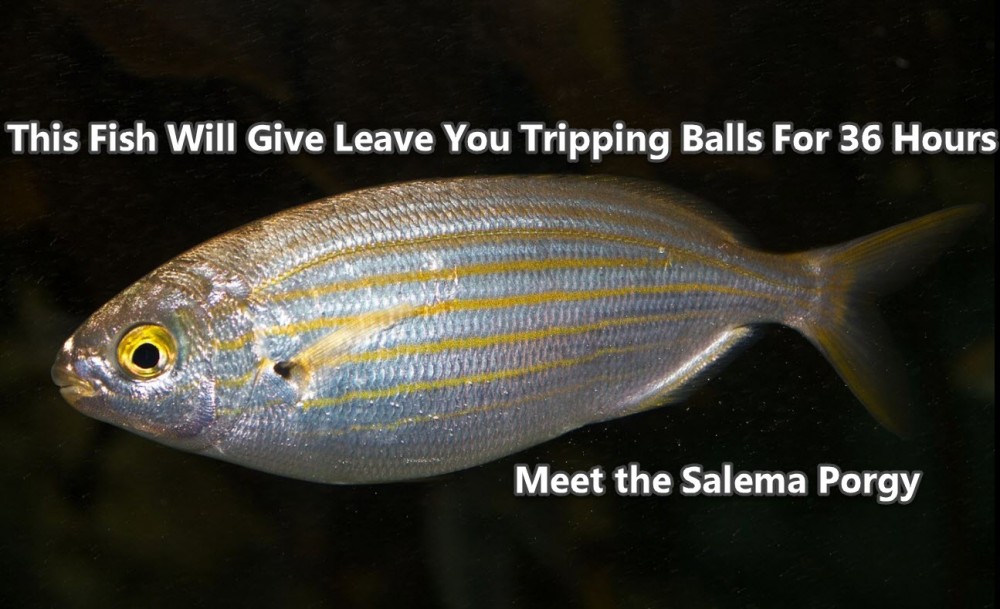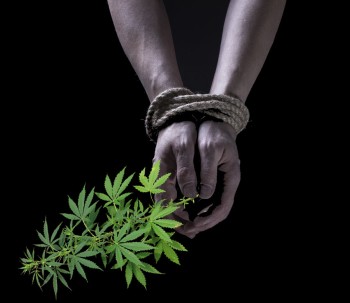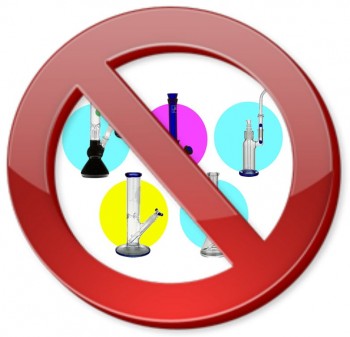Animals Can Get High, Too!
Did You Know That Dolphins Love to Get High, Too? (They are Mammals!) from CannabisNet on Vimeo.
Aussie Dolphins Get High By Chewing On Toxic Blowfish
Think only humans are smart enough to get high?
Think again.
According to Australian newspaper WAToday, Aussie researchers have just discovered that dolphins were recently caught trying to get high.
How?
By chewing on toxic blowfish.
A Murdoch University researcher named Krista Nicholson, who monitors dolphins in the south of Perth, observed that juvenile porpoises enjoy passing around blowfish in their mouth for a few hours and then pass them around. Apparently, doing so induces a narcotic effect – much in the same way that we inhale joints and pass them around!
Although humans can’t do the same with blowfish (sorry for the bad news – this is because blowfish are lethal for humans when consumed), small doses of a toxin called tetrodotoxin found in their bodies can get dolphins high.
Yep – humans aren’t the only ones on earth who can puff, puff, pass.
However, this isn’t the first time scientists have come across such behavior from dolphins. In a 1995 paper, a marine biologist named Lisa Steiner wrote about how bottle-nosed dolphins in Portugal were trying to get intoxicated. A BBC documentary called Dolphins: Spy in the Pod, is the first of its kind for documenting this phenomenon on camera.
“This was a case of young dolphins purposely experimenting with something we know to be intoxicating,” says Rob Pilley, a zoologist who worked with the documentary. “After chewing the puffer gently and passing it round, they began acting most peculiarly, hanging around with their noses at the surface as if fascinated by their own reflection.”
But Nicholson doesn’t agree that it the toxin gets them high. According to her, tetrodotoxin is a chemical that numbs out the dolphins. She also noted that other dolphins in the same area get entertained with crabs or seagrass, so she says that blowfish are probably treated as toys instead of an intoxicant.
What’s fascinating is that one of the dolphins Nicholson monitors has been strangely displaying behavior of an addict. Named Huubster, the dolphin seems to enjoy the blowfish much more than the rest of its group, as she observed him playing with it even when his pod has left him behind.
Other Animals Know How To Get Stoned, Too
Dolphins aren’t alone – there are numerous other species that have been documented seeking out natural highs and intoxication. Here are some funny (but true) examples:
Tasmanian wallabies have been observed feeding on opium in poppy fields, then going around in circles. Lara Giddings, the state attorney general back in 2009, revealed during a parliamentary estimates hearing: “We have a problem with wallabies entering poppy fields, getting high as a kite and going around in circles.” Tasmania is known for beign the world’s biggest producer of legally cultivated opium for pharmaceuticals, and when the food for wallabies are scarce, they turn to the intoxicating plant as a means of survival.
Reindeers in eastern Europe apparently fight over, and even forage, for the hallucinogenic variety of mushrooms known as Amanita muscaria mushroom. “The reindeer have a desire to experience altered states of consciousness,” scientist Andrew Haynes wrote for the Pharmaceutical Journal. However, these bright red mushrooms are poisonous for humans.
Bats in south and central America can hold their liquor better than humans can. Fermented fruits that contain as much as 4.5% ethanol are a regular part of these bats’ diet, but unlike other species, bats can function completely fine even though humans who consume the same amount of ethanol would go bat-shit crazy. In a 2009 study, bats in Belize were able to fly and even use their sonar ability while drunk without any problems at all.
Jaguars in Amazon sometimes deviate from their regular carnivorous diet to eat some Yage vine, which is a known hallucinogen. Doing so makes them act in a strange way, which can be compared to the way cats behave after getting their fix of catnip. The Tukano Indians also use the Yage vine to concoct a narcotic brew, which makes them have what they call “jaguar eyes”.
Caterpillars are the biggest enemies of cocaine growers. The Eloria noyesi moth larvae, which can be found in Colombia and Peru, feeds exclusively on the leaves of the coca plant. In some cases, they can eat as much as 50 leaves a day. While most insects avoid the bush which contains the primary ingredient in cocaine, since it can be lethal for them, caterpillars as well as silkworms are resistant to the effects of the drug.
Dolphins Get High By Chewing On Toxic Blowfish from CannabisNet on Vimeo.
OTHER STORIES YOU MAY ENJOY..
WHAT CONDITIONS CAN CANNABIS TREAT IN CATS OR DOGS, CLICK HERE.







